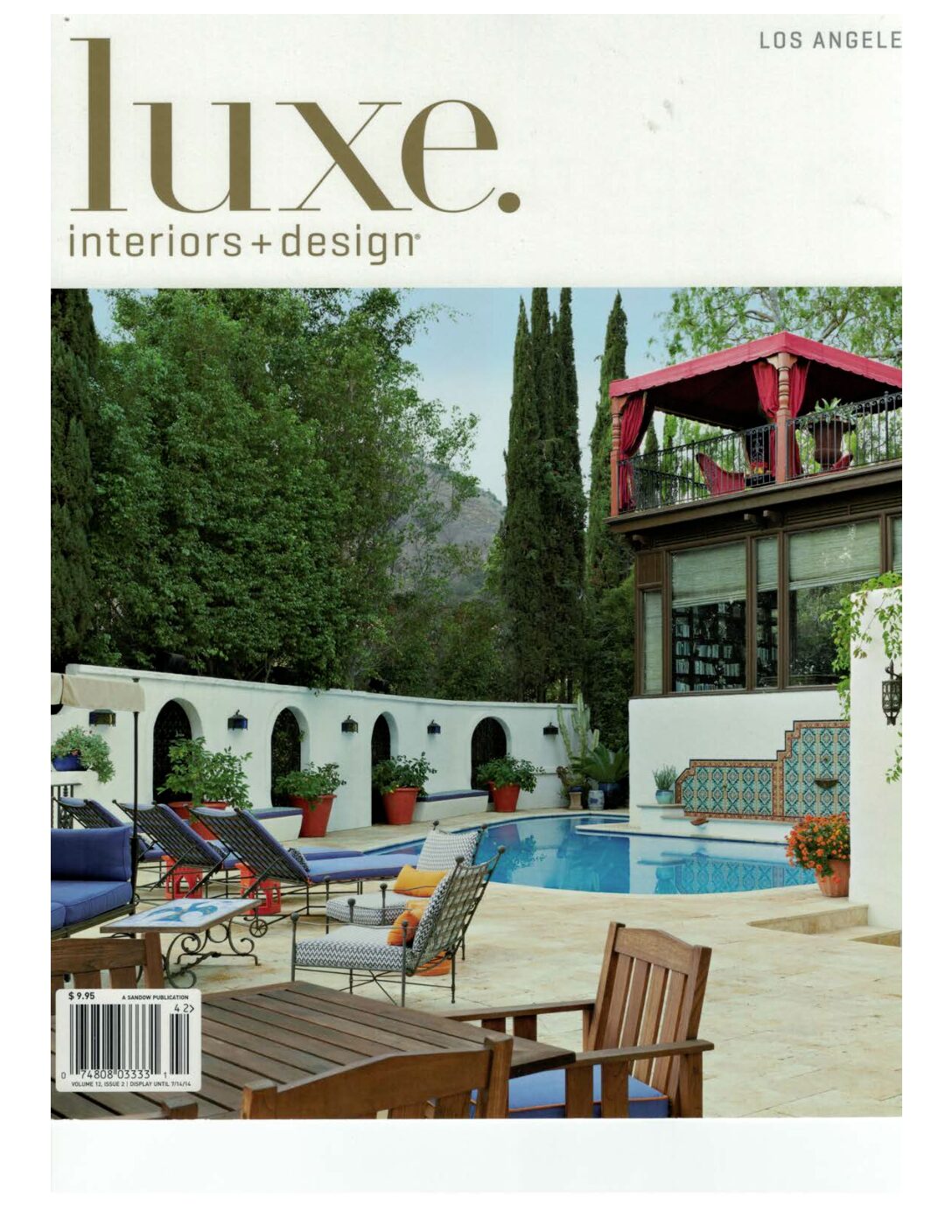
When it comes to furnishing his clients’ homes, designer Ryan White takes it personally. ” I ask myself if I would get excited to wake up to a space everyday,” he says”. As long as I can answer ‘yes’, then it’s good.” It’s a guiding principle hat has served him admirably as he has segued from a career as a model and actor to interior design, where he brings a thoughtful, collected approach to his projects. This track happened to be particularly useful as her helped
his clients navigate the transition of their 1920s Spanish-style home in the Hollywood Hills from a mélange of assorted furniture to a personality-filled interior better suited to their current lives.


White started by refreshing the existing architecture with a new palette. “The bones didn’t sync up with the color,” explains White, who repainted beige and taupe walls in gray, chosen because, he says, “it’s not white, it’s not boring, and it elevates everything.” He opted for a rich stone shade for the kitchen cabinetry and used a soft pale tone in the living room, where he also transformed the original fireplace hood with a coat of metallic paint “to make a statement”. In the dining room, which has opening on either side, White went with a dark charcoal to help define the space. He used silver leaf to highlight the moldings and lend a touch of glamour to the room.



For the furnishings, White drew much of his inspiration from the West Hollywood outpost of SohoHouse, a favorite hangout of his and his clients, to create a look that emphasizes vintage pieces with a clubby feel “that will still be cool in 20 years,” he says. Upholstered pieces have an old-school feel, but subtle tweaks leaven and enrich them.

I the living room, a comfortable sofa complete with nailhead trim has a subtly modern profile, and for an ottoman, the designer had a tufted-leather top made to sit on a vintage wood base. He reimagined another vintage find, a pair of Edward Wormley armchairs, by covering them with Peter Dunham Textiles’ Fig Leaf pattern—”something I’ve always loved and wanted to use at some point,” White notes. Even the layout of the room speaks to a club-like experience. A central seating area floats near the fireplace, while a game table and a vintage bar carve out sections at either end.

White turned to fabrics and rugs to elevate the sense of luxury. In the dining room, a simple linen stripe plays off the sophisticated brass legs of vintage Mastercraft chairs, while a vintage Murano fixture hangs above.
In a breakfast nook off the kitchen, however, a striking mohair covers chrome Milo Baughman chairs, lending a sense of occasion to a space once dominated by a built-in banquette. The living rom is grounded by a neutral, though lavishly textured, diamond-pattern rug.


With the exception of a series of 12 photographs by Peter Wegner that White grouped together in the dining room, the clients had very little in terms of art and objects, so White went on a collecting binge to create “well-cultivated and well-traveled rooms,” he says. He lined the entry with a series of vintage bidding paddles, and a suit of armor stands sentry at the door. For a dining room wall, he commissioned an abstract painting and topped the table with a kinetic sculpture—actually a toy from the 1970s. White collected photos and painting for a living room wall in an homage to a similar installation at Soho House.

The result is an interior that feels as if it evolved naturally over time, which is just how White like it. ‘I don’t want into a space and say “It’s going to be this way,” he says of his intuitive approach. “And I don’t say, “Now we need to think about this’. I come upon pieces I love, put them all together and it works.




















